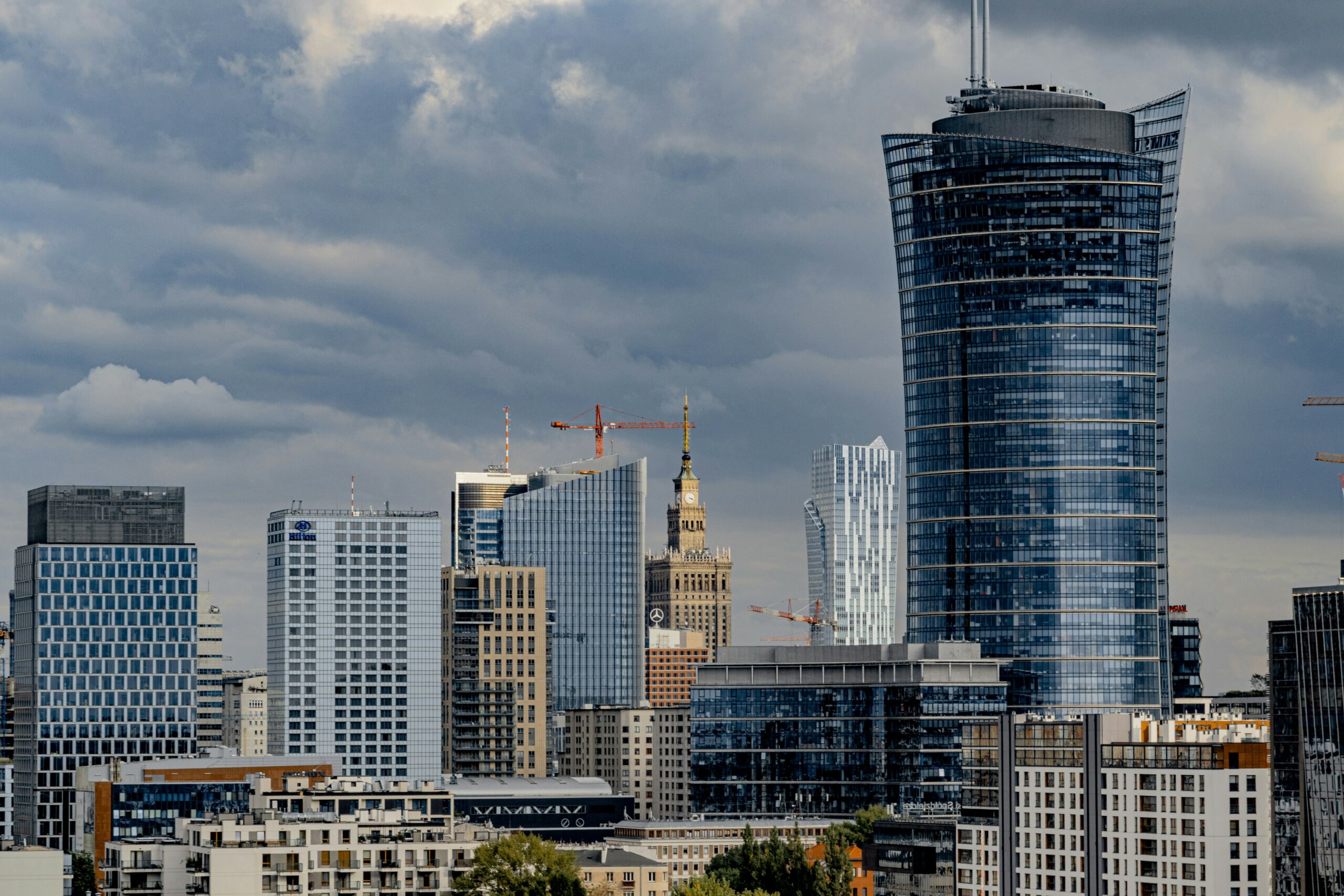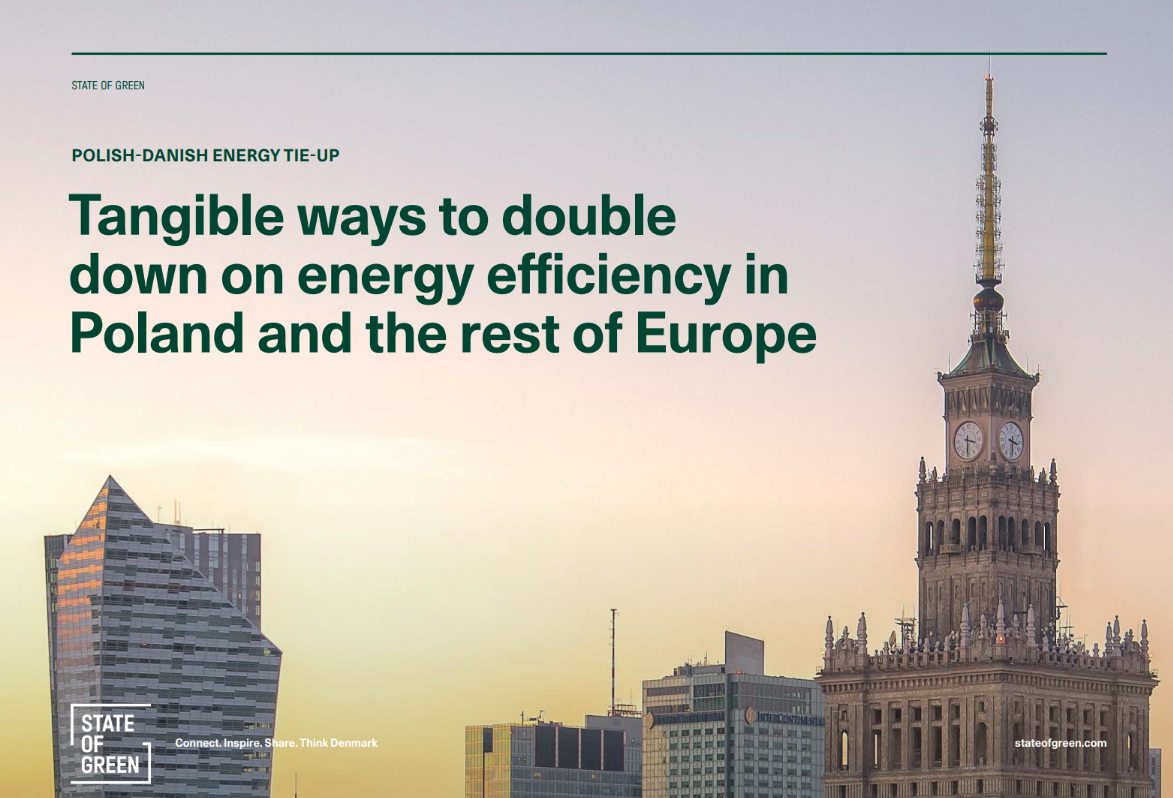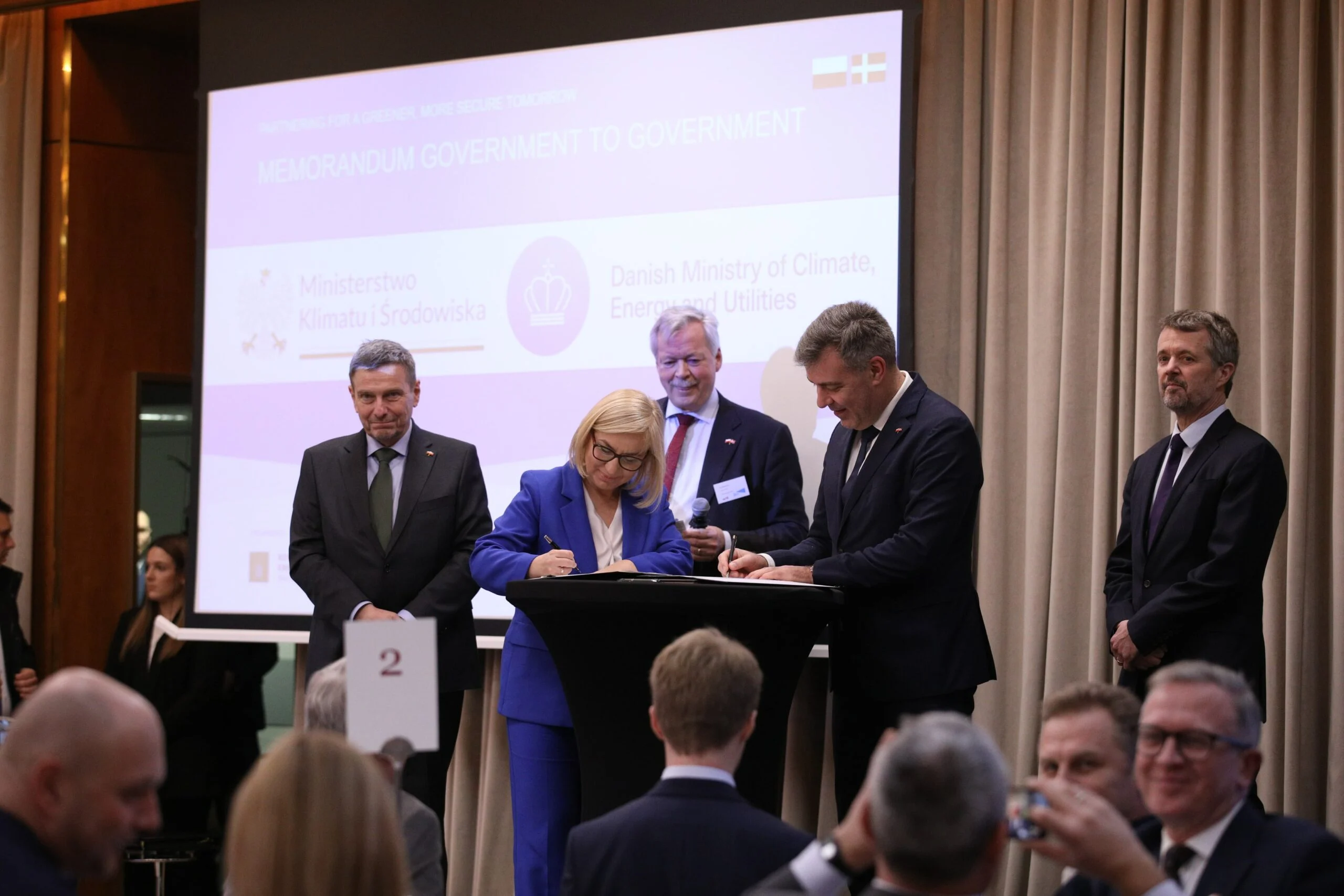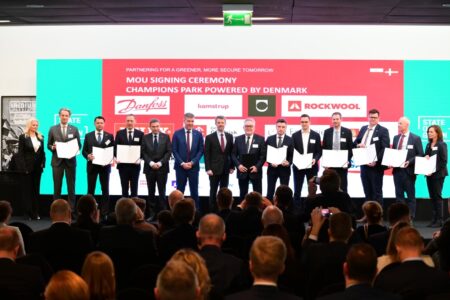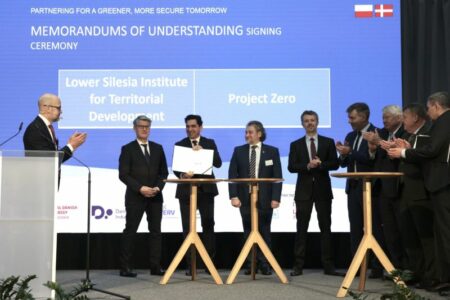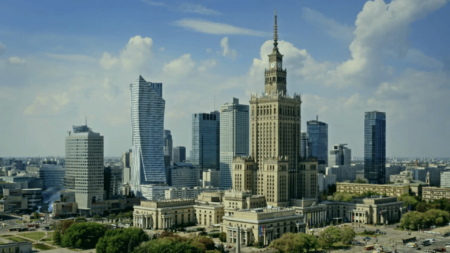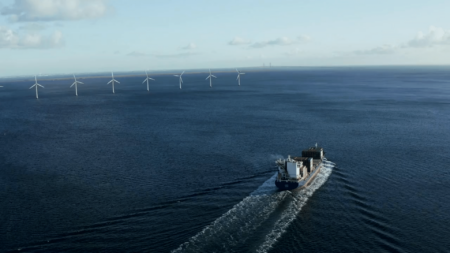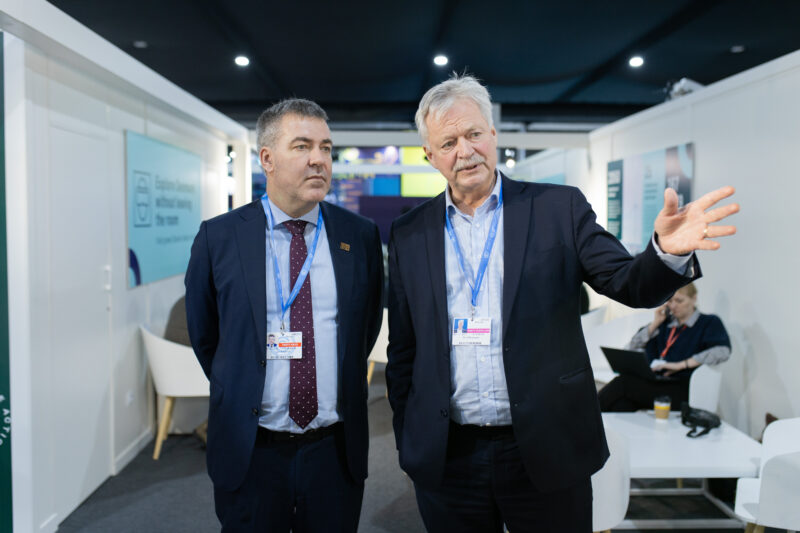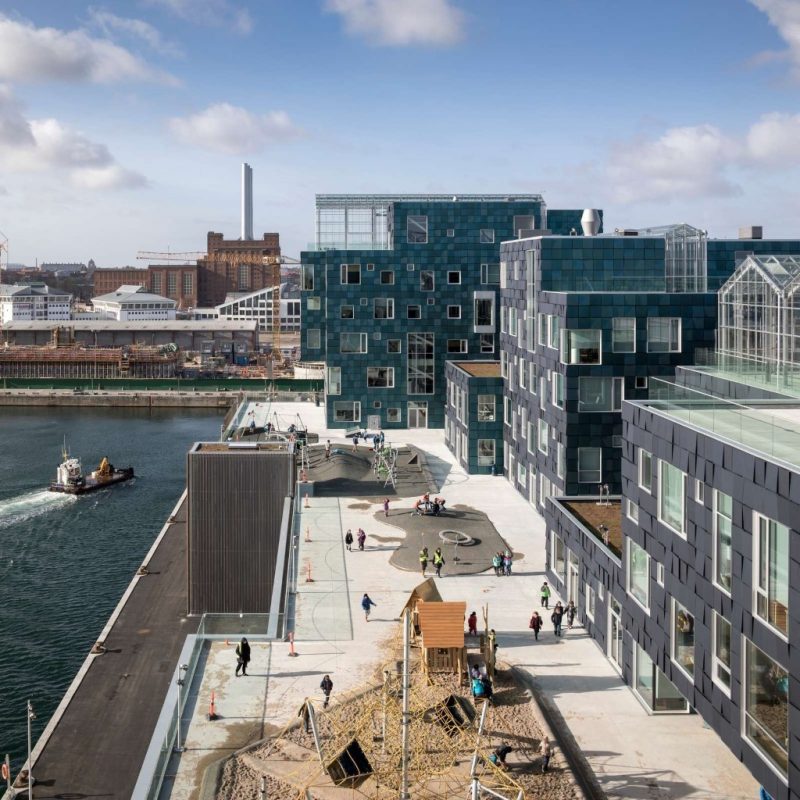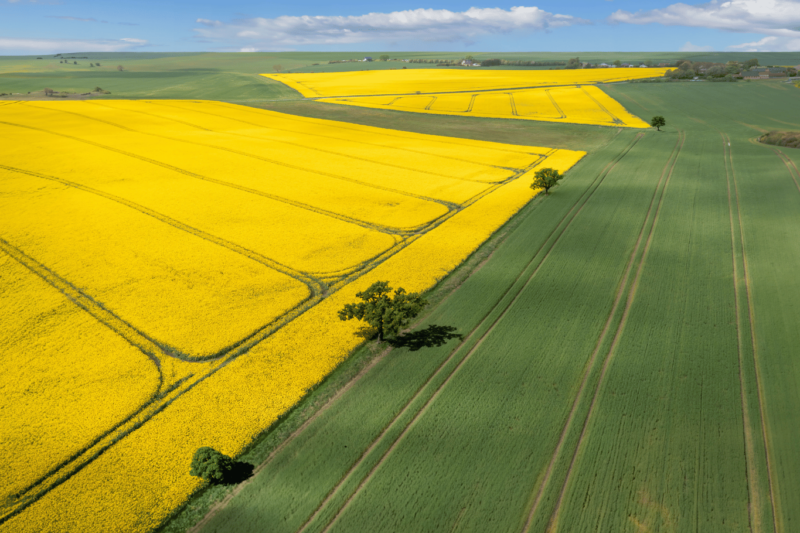From 31 January to 2 February, His Majesty King Frederik of Denmark led a delegation comprising nearly 60 Danish companies on a significant visit to Poland, aimed at fortifying bilateral cooperation in key areas including energy efficiency, offshore wind, port development, agriculture, and biogas.
This official Danish royal visit resulted in the signing of several crucial memorandums of understanding, emphasising that working together within the European Union is crucial to achieving an ambitious and equitable green transition. The visit served as a platform for diplomatic engagement and highlighted the strategic importance of fostering partnerships in critical areas such as sustainable energy, infrastructure development, and agricultural innovation.
Below, are five MOU’s signed during the visit, serving as prime examples of cross-border collaboration.
